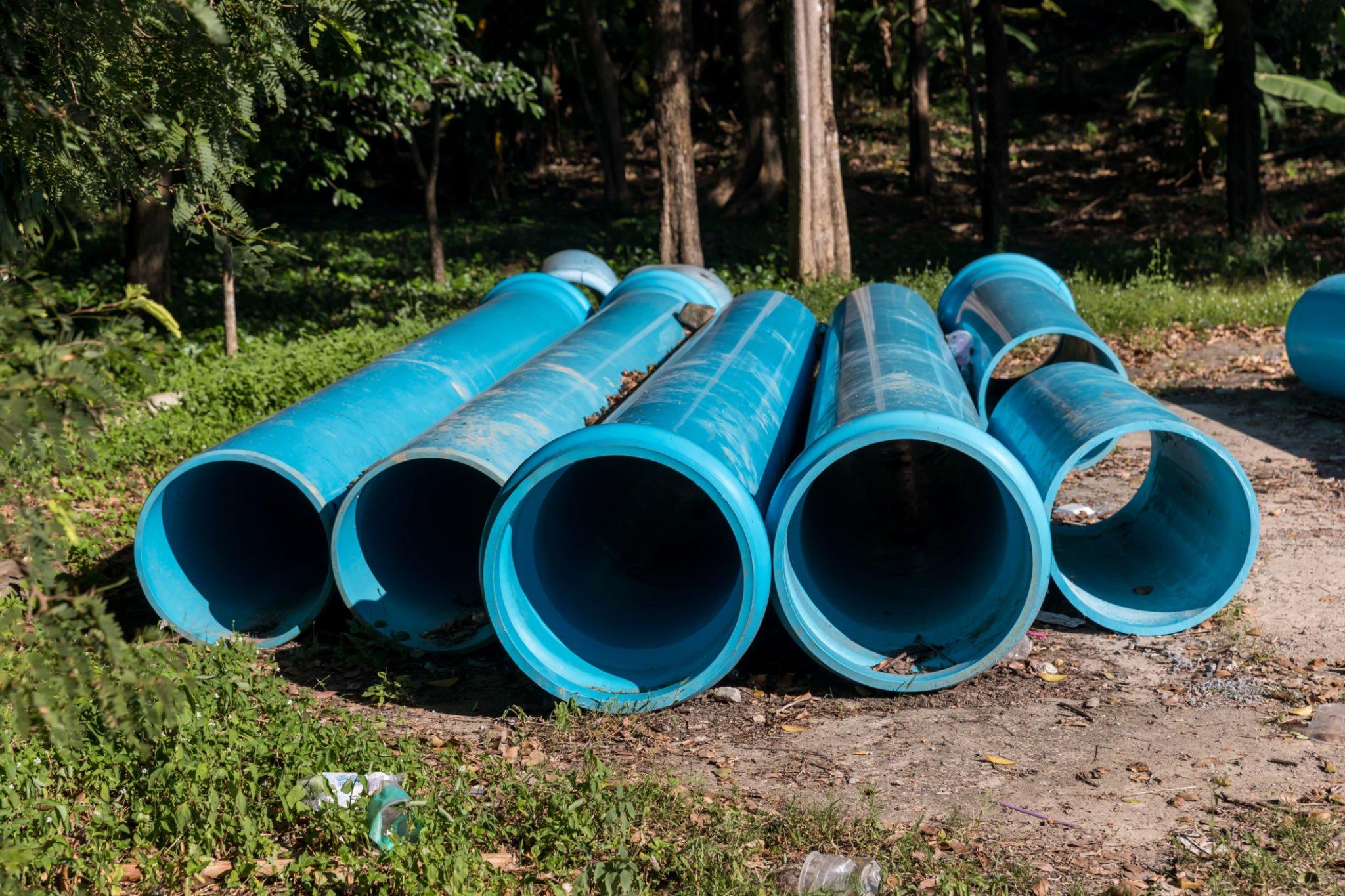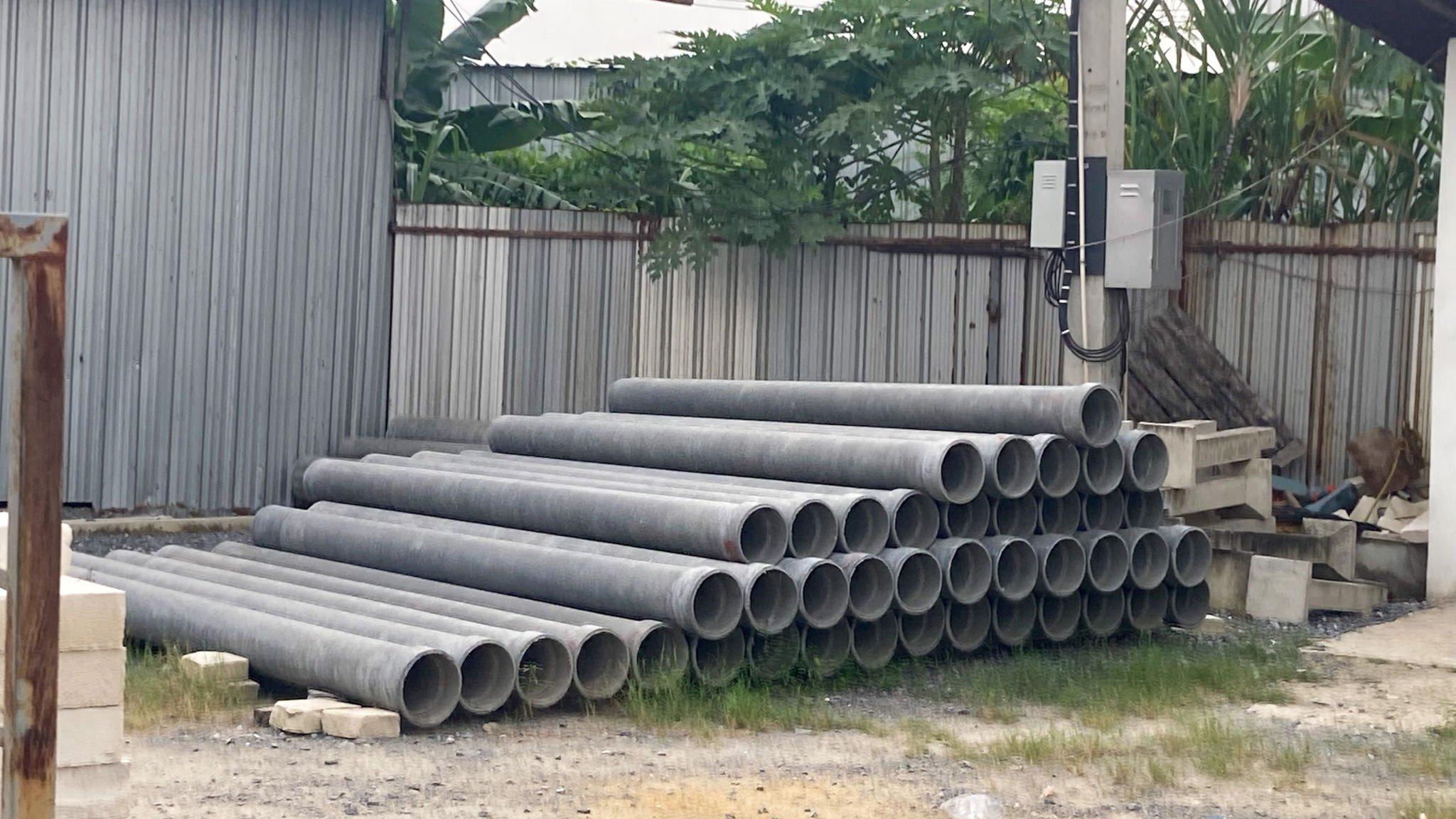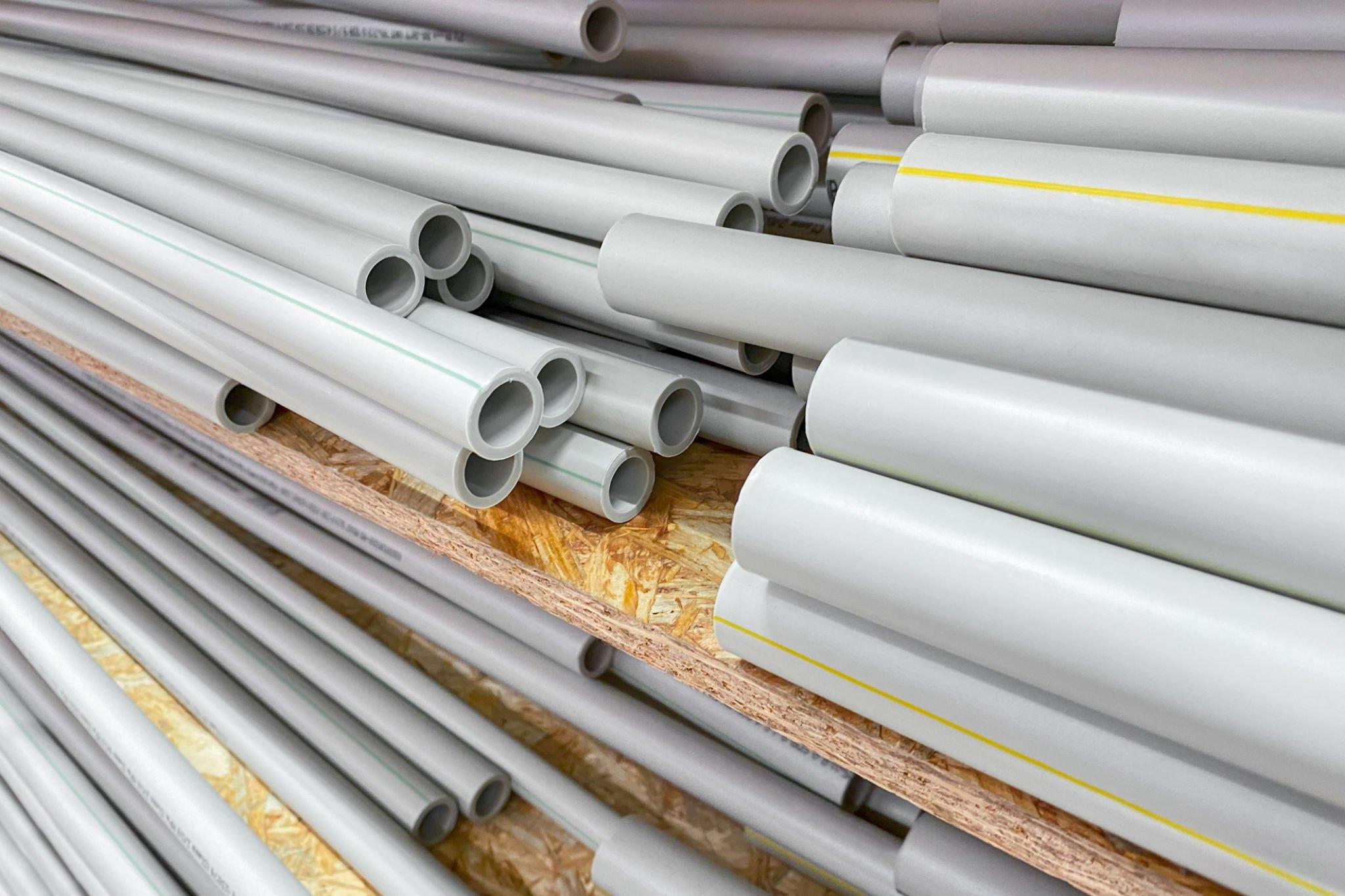In the ever-evolving landscape of urban planning, the availability of culvert pipes for sale becomes a key consideration for project managers and engineers alike.
These essential components, often overlooked in the bustling cityscape, form the backbone of effective stormwater management and flood prevention strategies.
As urban areas continue to expand and face the challenges of climate change, understanding their crucial role becomes imperative.

This exploration delves into the intersection of culvert engineering and urban planning, unraveling the complexities, innovations, and best practices that guide the integration of these vital conduits into the fabric of our modern cities.
What is the purpose of a culvert pipe?
Urban environments are intricate tapestries woven with roads, buildings, and intricate infrastructures, often concealing essential elements beneath the surface.
Let’s have a look at the essential roles of culvert pipes in supporting urban development.
1. Facilitating water flow
At its core, the primary purpose of a culvert pipe is to facilitate the efficient flow of water, particularly in areas where natural watercourses intersect with roads, railways, or other infrastructure.
They act as hydraulic conduits, enabling the passage of water beneath embankments, highways, or urban developments.
By providing a controlled path for water flow, these structures mitigate the risk of flooding, safeguarding communities and infrastructure from the damaging effects of excessive water accumulation during storms or heavy rainfall.
They come in various shapes and sizes, with materials ranging from traditional concrete and steel to more modern, eco-friendly options. The selection of a specific type of culvert depends on factors such as the volume and velocity of water, the surrounding terrain, and the overall environmental impact.
Read also: Choosing the Perfect Color Palette: A Guide to Interior Painting
2. Preventing flooding
One of their primary functions is to prevent flooding in urban and suburban areas. By allowing water to pass beneath roads and other structures, they redirect and control the flow of water, preventing it from pooling on the surface and causing inundation.
This critical aspect becomes particularly apparent in regions prone to heavy rainfall, where the efficient drainage provided by culverts ensures that water is swiftly channeled away from vulnerable areas, reducing the risk of property damage and enhancing overall public safety.

Furthermore, they play a vital role in preserving the integrity of transportation networks. Without proper drainage mechanisms, roads and railways could be compromised, leading to costly repairs, traffic disruptions, and potential safety hazards.
They effectively safeguard these essential pathways, contributing to the smooth functioning of urban infrastructure.
3. Preserving aquatic ecosystems
Beyond their role in flood prevention, culvert pipes contribute to the preservation of aquatic ecosystems. These structures enable watercourses to intersect with human-made developments without causing harm to the surrounding environment.
Properly designed culverts allow for the passage of fish, sediment, and other natural elements, maintaining the ecological balance of water habitats.
In contrast, poorly designed or aging culverts can pose significant threats to aquatic ecosystems. Inadequate passage for aquatic organisms, sediment buildup, or barriers to water flow can disrupt the natural dynamics of streams and rivers, impacting local flora and fauna.
Hence, modern engineering emphasizes designs that consider the ecological needs of water systems, promoting the coexistence of urban development and environmental conservation.

4. Supporting sustainable urban development
As cities expand and urbanization continues its relentless march, the role of culvert pipes becomes increasingly intertwined with the concept of sustainable development.
The efficient management of water flow not only safeguards urban areas from flooding but also allows for responsible growth, ensuring that human progress harmonizes with environmental preservation.
By integrating them into urban planning, city developers can create resilient infrastructure that adapts to the challenges posed by climate change and population growth.
Sustainable design takes into account factors such as climate resilience, environmental impact, and long-term maintenance, reflecting a commitment to building cities that thrive in harmony with their natural surrounding



